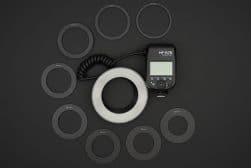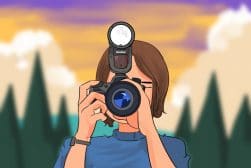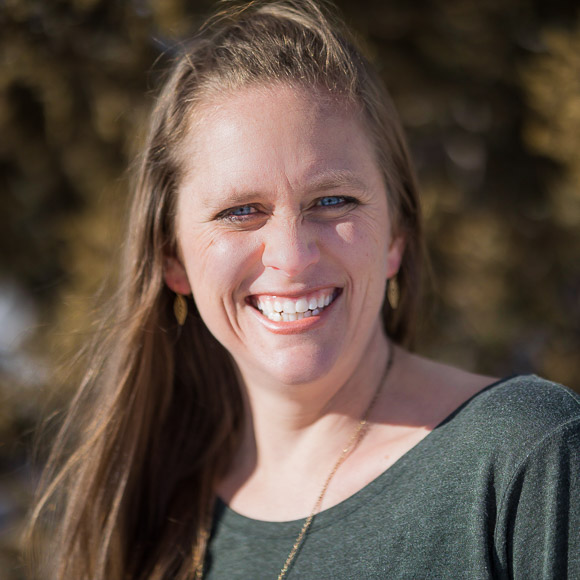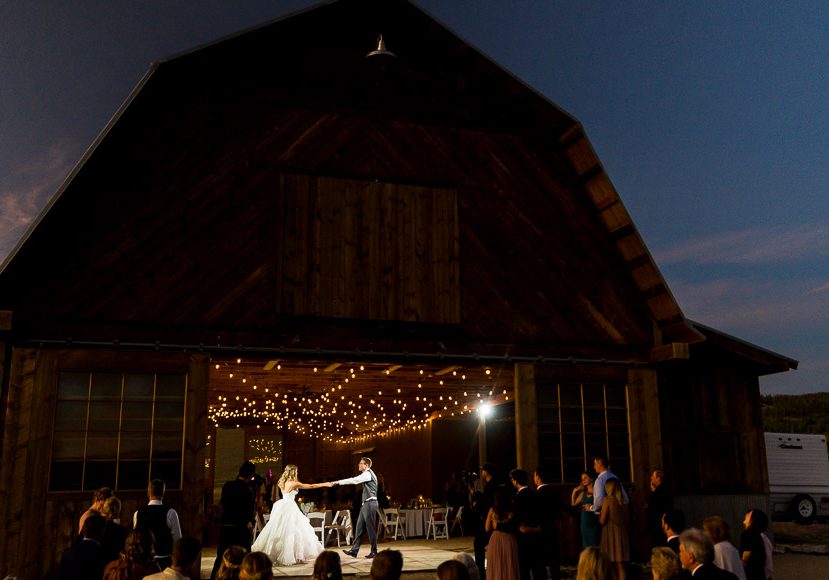
How to Use Flash Effectively for Wedding Photography
Master the nuances of flash in wedding photography, ensuring each shot radiates brilliance while capturing timeless, romantic moments.
This article will explain how to shoot wedding photography with flash.
While being able to see, understand, and utilize natural light is imperative, there are times when adding flash to your wedding photography is necessary or beneficial.
As a wedding photographer for over a decade, I’ve shot weddings under a wide variety of circumstances in every lighting condition you can imagine.
At different times in my career flash has been a friend or a foe. Now it’s a source of freedom.
Understanding how to control both available and artificial light will remove a lot of barriers and obstacles when trying to tell the story of a wedding day.
In the beginning, light can be stressful but eventually, it becomes something to explore, play, and create with.
Below we’ll discuss when and how to use flash at a wedding to either handle difficult lighting situations or enhance a creative image.
Table of Contents
When Should You Use Flash for Wedding Photography?
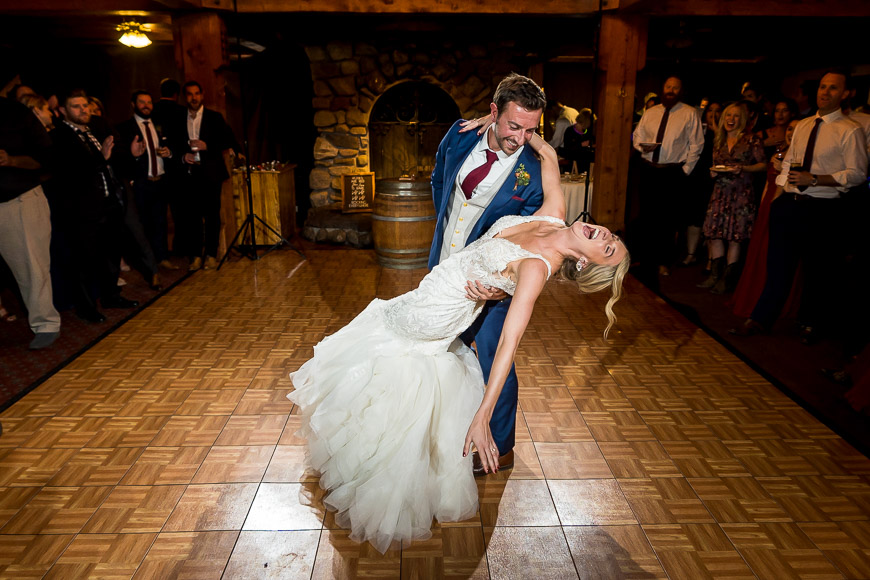
Let’s talk about when you should use flash for wedding photography.
To answer the question of when we’ll want to start with the question of why.
I believe that mastering flash photography comes down to being intentional about using artificial lighting.
If you know why you’re doing it then it will be easier to make the choices of how.
The main reason to use flash is if it’s necessary to make a better image than what you can do without.
While what makes a better image is somewhat subjective, there are times when the light is bad and additional light would improve the shot.
The most obvious time to utilize flash is during low-light conditions where there is insufficient light to get a properly exposed and sharp image.
Examples of low-light conditions happen during the reception such as speeches and dances taking place after dark or in a dark room.
You might also consider flash if the scene is backlit and exposing for both the subject and the background is important.
And then, lastly, you might use flash when you’re dealing with mid-day sun that’s casting a lot of harsh shadows or creating uneven exposures, especially for something like group shots.
There are also times you might need to avoid flash such as ceremonial moments in a church where it might feel disrespectful.
Flash can be distracting and intrusive. It can also be slower than shooting natural light.
And lastly, flash photography creates a different look than natural light photography and will impact the aesthetics of your final product.
Once you’ve thought about why and when you add artificial lighting, it’s time to look at how you use flash.
What Type of Flash Should You Use at Weddings?

There are several different flash techniques to consider when it comes to wedding photography but they really boil down to on-camera flash and off-camera flash.
From there, you might use a one, two, three, or four off-camera flash set-up or you might use various modifiers to help control the light.
Let’s talk about types of flash here and then in the next section dive deeper into flash equipment.
On-Camera Flash
On-camera flash is when the flash is mounted directly on your camera.
This is the simplest form of flash photography making it great for beginners.
The trick with on-camera flash is to use “bounce light” instead of direct light.
What that means is instead of having the light flash directly at the subject from your camera so that it comes in from a harsh direction, we bounce the light off a wall, ceiling, or bounce card so that it’s softer and more dynamic.
You might use on-camera flash if you’re in a small poorly lit room where you can’t fit lightstands for off-camera flash.
Or if you have a nice reflective ceiling like in a white tent, bounce flash can look really nice.
And if you need to move quickly around a space for different events on-camera flash can be much faster than off-camera.
Off-Camera Flash
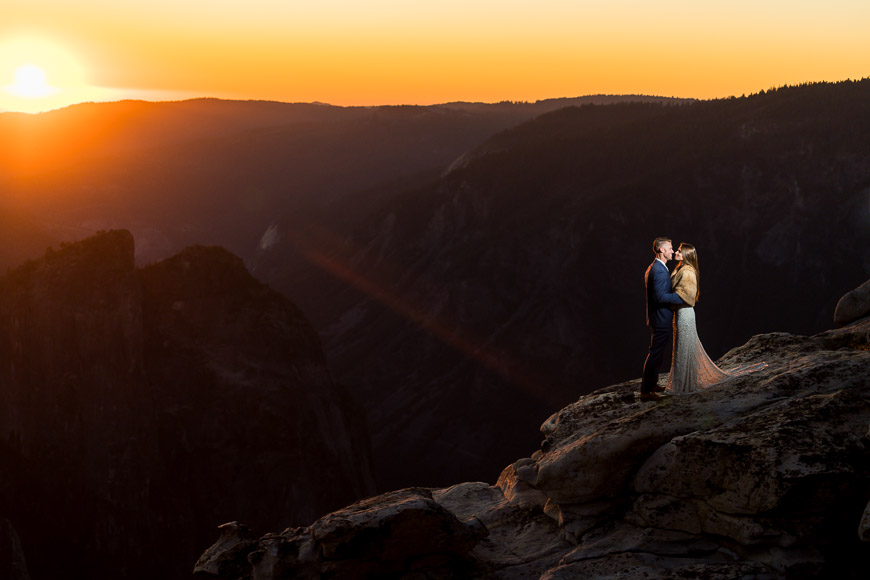
Off-camera flash means you’re using flashes that are not mounted on your camera.
This generally allows you to create softer directional light and control the scene a little more expertly.
Wedding photographers might use one, two, three, or four off-camera flash set-ups depending on the look they’re trying to achieve and the situation that they’re in.
You will use a wireless trigger to control your lights placed on light stands placed at different angles and distances from your subjects depending on your goals.
Off-camera flash gives you greater control and creativity than on-camera flash but it’s more cumbersome as you have to set up light stands.
It’s great for dances or speeches where you can predict where people will be because you can balance the light from different directions to create the desired effects.
What Flash Equipment Should You Use at Weddings?
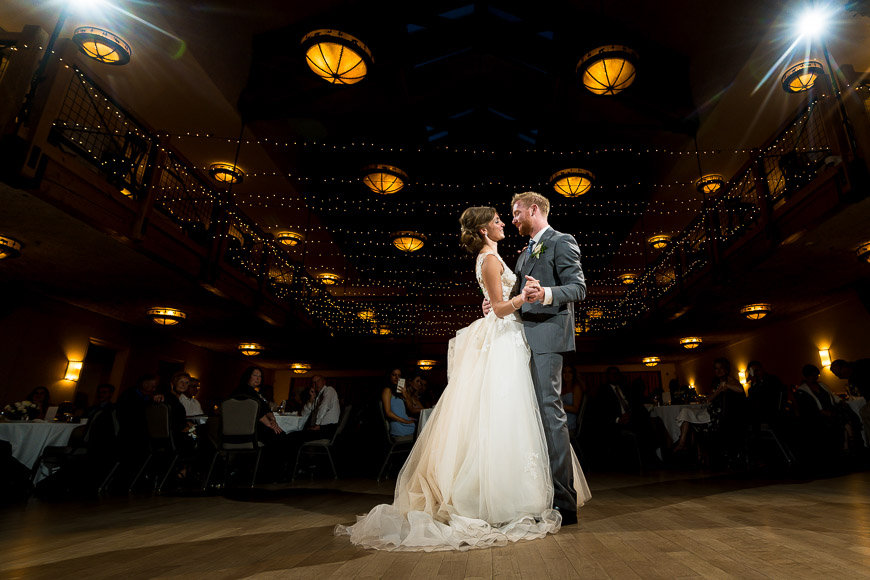
When it comes to flash equipment for weddings you’re going to need to go through the process of weighing the pros and cons.
Like, literally weighing them because flash equipment can be heavy and cumbersome.
You might come up with a lighting equipment list that’s based on your shooting style, budget, and the types of venues you work at.
My main advice when it comes to all camera gear is to only buy what you know how to actually use.
Otherwise, you’re just weighed down and overwhelmed by gear that’s hindering you instead of enhancing your work.
The first thing you’ll need is actual flash units that you’ll either mount on your camera for on-camera flash or on a light stand for off-camera flash.
You’ll want to consider camera flash diffusers, modifiers, gels, and other accessories that attach to the flash to soften and spread or color the light, this might be based on what will work practically for your set-up and the look you want to achieve with your style.
Next, you’ll need light stands if you plan on utilizing off-camera flash and sandbags to help keep them from getting knocked over.
If you’re using off-camera flash you’ll need wireless triggers to fire your flashes remotely.
And finally, you’ll need all the batteries and chargers to keep your kit running.
Best Flash for Wedding Photography: Canon
There are a variety of flash options available from Canon as well as other manufacturers. From Canon, I would look at:
- Speedlite 600EX II-RT: Powerful on-camera flash that can also control other flashes off-camera with the built-in radio trigger.
- Speedlite 430EX III-RT: Less expensive option than the above flash but also less powerful as an on-camera flash.
- Speedlite Transmitter ST-E3-RT: Great option if you want a name-brand transmitter with full control but it is expensive.
Alternatively, a more cost-effective option is from Godox:
- Godox V860IIC: Powerful on-camera flash with built-in radio trigger for off-camera Godox flashes/strobes.
- Godox XProC Trigger: Flash trigger to control Godox off-camera flashes/strobes from your Canon camera.
Best Flash for Wedding Photography: Nikon
There are a variety of great camera flash options available from Nikon as well as other manufacturers. From Nikon, I would look at:
- Nikon SB-5000 AF Speedlight: Powerful on-camera flash that can also control other flashes off-camera with the built-in radio trigger.
- Nikon SB-700 AF Speedlight: Less powerful option that also offers radio control for other Nikon speedlights.
Alternatively, a more cost-effective option is from Godox:
- Godox V860IIN: Powerful on-camera flash with built-in radio trigger for off-camera Godox flashes/strobes.
- Godox XProN Trigger: Flash trigger to control Godox off-camera flashes/strobes from your Canon camera.
Best Flash for Wedding Photography: Sony
There are a variety of flash options available from Canon as well as other manufacturers. From Canon, I would look at:
- Sony HVL-F60RM2: Powerful on-camera flash that can also control other flashes off-camera with the built-in radio trigger.
- Sony HVL-F46RM: Less powerful and less expensive option that still retains the radio control function.
- Sony Wireless Radio Commander: Small radio control unit for off-camera Sony Flashes.
Alternatively, a more cost-effective option is from Godox:
- Godox V860IIS: Powerful on-camera flash with built-in radio trigger for off-camera Godox flashes/strobes.
- Godox XProS Trigger: Flash trigger to control Godox off-camera flashes/strobes from your Canon camera.
7 Tips for Using Flash in Wedding Photography
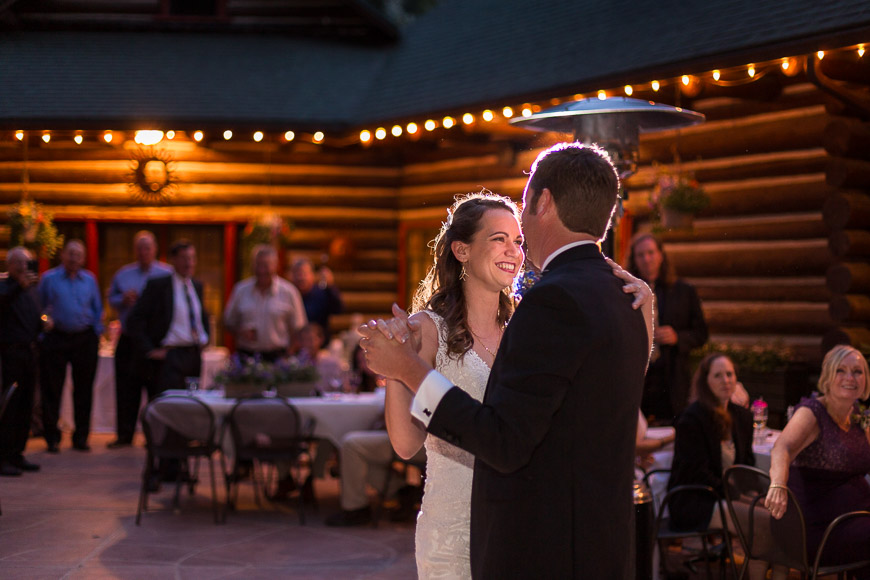
1. What are the best settings for flash wedding photography?
For flash mode, you can choose from TTL (through-the-lens) for rapidly changing lighting conditions or manual mode for more creative control.
For flash power, you’ll either have it chosen for you by TTL or you’ll choose through manual starting with a low power to conserve battering and recycle time and then increasing for larger groups or to balance strong ambient light.
Your camera settings for weddings will also impact your flash usage. You’ll need to choose a shutter speed within the sync speed which is around 1/250 and from there you can choose a shutter speed based on balancing with ambient light or any intentional motion blur.
Aperture will affect both the flash and ambient light exposure with a wide aperture letting in more flash light while a narrow aperture can help balance the flash with the ambient.
2. Try direct flash wedding photos for a trendy fashion look
The point of this tip is to remind you that sometimes you need to break the rules.
Direct flash is often a no-no because we’re typically looking for soft directional lighting in our wedding photography.
However, using direct flash to create a trendy fashion look is a great example of choosing to try something intentionally.
Direct flash wedding photos are similar to intentionally dragging the shutter to create a blurred party look or capture movement in an interesting way, creative and outside the box.
3. Try using flash in a way where no one can tell for sure
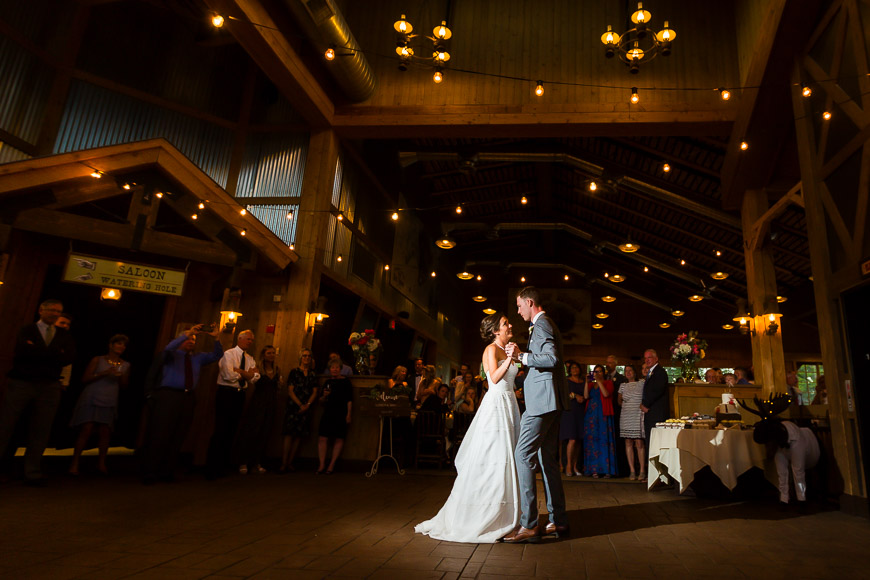
In contrast to the tip above about breaking flash use rules, you can also try to use flash photography in such an effortless way that it looks completely natural in your wedding photos.
For example, add some extra light from the direction of a real light source so that it looks like it could be real but it actually helps your subject pop a little more.
How you use flash can impact how your couple remembers their wedding day so sometimes it’s nice to keep things as real as possible, but maybe a little better.
4. Use flash to simplify a cluttered scene
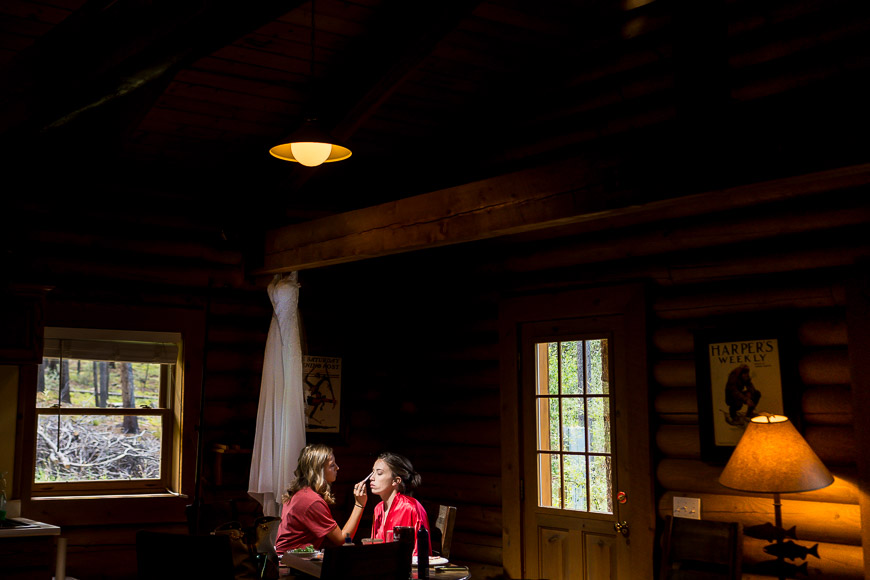
Using flash to simplify a cluttered scene can help you create more impactful images.
Sometimes it’s tough to isolate your subject through framing alone so you can use light to spotlight your subject and eliminate distractions.
This can be especially true in getting ready rooms, wedding receptions that are too busy, or a dance floor that’s too empty.
Darkening the background and highlighting your subject can help you tell a better story.
5. Balance flash with natural light
For beginners, it’s often hard to grasp that using flash isn’t only limited to low-light situations.
If you’re shooting a wedding at noon on a sunny day, for example, a little flash can help fill in those dreaded racoon eyes.
Try setting your camera exposure for the ambient light in the scene, then experiment with on or off-camera flash to illuminate the underexposed subject.
If you’re outdoors, feathering the light from your flash by directing it slightly upwards can help. For an indoor scene, bounce flash is a great option that provides natural-looking results.
6. Try one new technique
It can be a cool challenge to not only shoot what you can see with your eye but create something with your flash.
Sometimes you don’t know if something will work if you try it so you can’t spend all day on an experiment when you need to get reliable pictures.
However, that doesn’t mean you can’t push yourself to try one new thing each shoot. That’s how some of my favorite techniques became tools in my toolbelt because I experimented with them one at a time.
7. Get inspired by other wedding photographers
If you need some more creative ideas on how to use flash for wedding photography, check out the LIT eBook.
LIT delves into the creative minds of over 50 world-class wedding photographers, examining their lighting techniques and uncovering their secrets to alluring imagery.
The LIT book is the most comprehensive wealth of practical lighting information I’ve ever seen. Thanks for illuminating the way!
– Lanny & Erika Mann
Each photographer featured in LIT explains their thought process and concept behind each shot, details the actual execution and even speaks about their post-processing to provide the finishing touches.
To help further demystify the process, lighting diagrams and camera plus wedding photography lighting gear guides also accompany each photographer.  Whether you’re a new or experienced wedding photographer, you can learn from the detailed explanations in LIT, or simply get inspired to create your own LIT photos during your next shoot.
Whether you’re a new or experienced wedding photographer, you can learn from the detailed explanations in LIT, or simply get inspired to create your own LIT photos during your next shoot.
Wedding Photography with Flash: FAQs
Should I use flash photography for weddings?
You should be prepared to use flash photography for weddings because there are some situations in which you might need to be able to add light to a scene.
Being able to use flash can add value to your photography because you can create vibrant images in challenging light.
My advice is always to start simple and learn one thing at a time so that you can
Is TTL or manual flash better for weddings?
Using TTL (through-the-lens) or manual flash for wedding photography depends on your style and experience level.
TTL automatically adjusts the flash power based on the metering system which can be helpful in changing lighting conditions.
However, manual flash allows you to have greater control to achieve the intended results.
What are the disadvantages of flash in photography?
Flash photography can be intrusive in intimate moments and time-consuming on a busy day.
Using flash requires extra equipment which takes of space, weight, and set-up time.
In addition, it can sometimes look unnatural or create unintended shadows, glare, or reflections.
What is the difference between bounce flash and direct flash?
Direct flash illuminates the subject directly creating a strong and often harsh light making it a less flattering choice for wedding photography.
Bounce flash in contrast redirects the light by bouncing it off of something thus diffusing the hardness and changing the angle of the light.








